Navigating Dropshipping Returns: Expert Strategies for a Smooth Process

Making sales is a big part of eCommerce dropshipping and takes up a good portion of your to-do list. Unfortunately, there’s a dark side to making lots of sales: dropshipping store returns and refunds.
People return items for various reasons, from ordering the wrong size to simply deciding they don’t want the item anymore to ordering the wrong product.
Whatever the reason, it’s your job (or your supplier’s) to manage refunds and returns for your online store.
However, how you handle dropshipping returns can have a significant impact on your bottom line and customer relationships, so tread carefully.
In this guide, we’ll break down why creating a process for managing returns is essential and offer actionable tips to optimize your eCommerce store returns.
Why Are eCommerce Returns and Refunds So Common?

Returns are just part of the dropshipping business model. In fact, you can expect customers to return as many as 30% of all products you sell. When a customer requests a return, it could be for all sorts of reasons.
A Defective Product
If you work with high-quality dropshipping suppliers, product defects probably won’t happen that often. However, defects and shipping damage still happen—in fact, 20% of all returns are due to product damage.
Incorrect Sizing
Sizing is one of the most common reasons for dropshipping returns. Forty-six percent of shoppers say they returned an item because it was the wrong size.
For non-clothing items, always include the product dimensions in both the imperial and metric systems. A size comparison chart is also helpful to give shoppers an idea of the product’s true size.
For clothing, share sizing charts on all product listing pages and encourage shoppers to take their measurements before ordering.
You can even provide a how-to guide that shows them how to take their measurements. This won’t prevent all refunds and returns, but it can certainly reduce them.
Expectations Versus Reality
Shoppers buy based on the product images and descriptions they see on your dropshipping store. They can’t pick up the item and look at it in real life, so it’s critical for these online listings to give shoppers a realistic idea of what they’re about to buy.
When the product they receive doesn’t match their expectations in terms of material or quality, they'll probably send a refund request.
You can’t prevent all returns of this type, but you can certainly reduce them by adding plenty of well-lit images and videos of your products to your site so shoppers know exactly what they’re getting.
Logistics-related Issues
Most returns happen because of an issue on the customer’s side. Still, shipping delays and unexpected out-of-stocks will cause customers to cancel their order prematurely before it even arrives. Sometimes, your supplier might even send shoppers the wrong item.
As a dropshipper, you don’t have a lot of control over logistics, but this is why it’s so critical to work with a high-quality dropshipping supplier from the start. Quality suppliers are more reliable and stable, reducing the chances of shipping delays and the refund requests that come with them.
Why Your Refund Process Matters
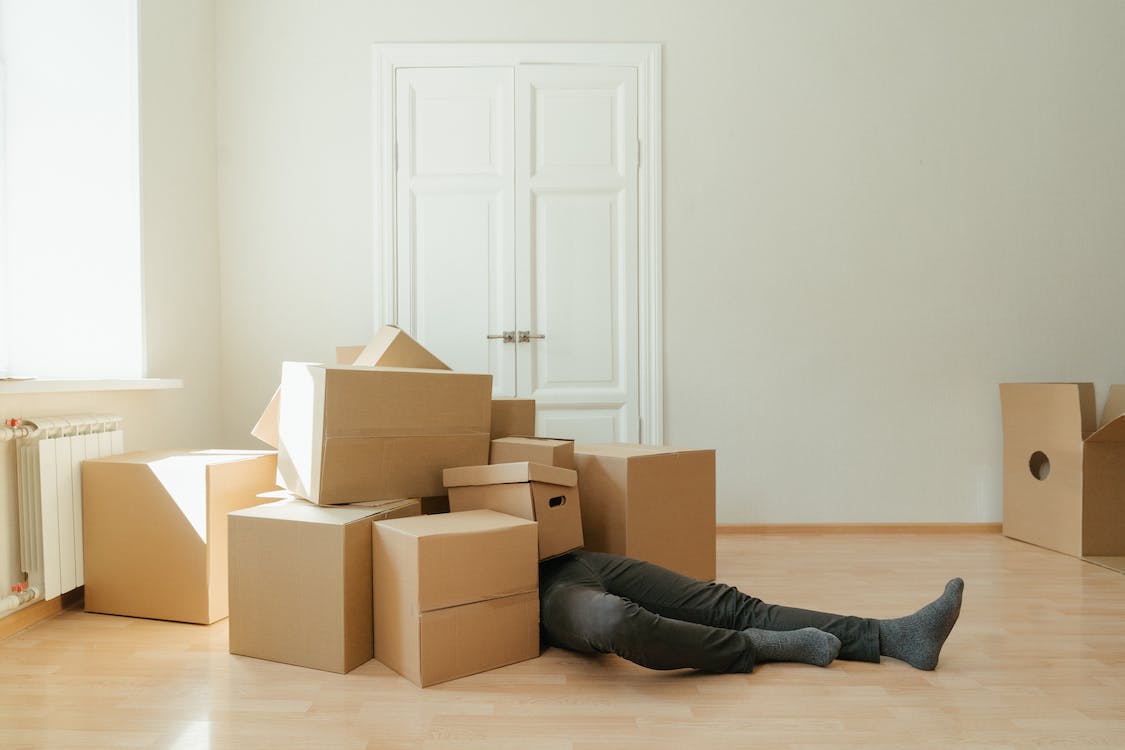
There’s no way to sugarcoat it: returns are a pain in the neck as a dropshipping business owner. Issuing refunds and returns takes a lot of effort, so it’s not hard to see why business owners dread returns. However, how you manage these returns can greatly impact your business’s long-term success.
Customer Loyalty
Customers are less likely to follow through on a return if the process is difficult or pricey. That might keep more money in your pocket for now, but shoppers are much less likely to buy from your dropshipping business if you have a complicated return policy.
Plus, if you’re at fault for the return (like with a broken product) and make returns a nightmare, you won't see a lot of repeat sales.
Ninety-two percent of shoppers would buy again if the return process was easy. So, while returns aren’t always fun, optimizing the return process for your shoppers can encourage them to come back—even if one purchase didn’t work out.
Brand Reputation
Word gets around fast in the digital age. It takes just a handful of negative reviews mentioning a difficult returns policy to hurt your brand’s reputation.
A solid dropshipping returns process makes it less likely that dissatisfied customers will air their dirty laundry on Google or social media, helping you preserve your hard-won reputation. Think of it as a way to provide great customer support before shoppers even contact you.
Competitive Advantage
eCommerce is a cutthroat business with stiff competition and slim profit margins. As a dropshipper, you aren't running a traditional eCommerce business that sells proprietary products.
It can be even harder to differentiate a dropshipping business that doesn't sell unique items. Fortunately, creating a customer-friendly return process is a great way to stand out—for all the right reasons.
Processing Returns for a Dropshipping Business Model
Ready to start processing returns? The exact process depends on your eCommerce platform, but the dropshipping returns process usually follows these steps.
1. The Customer Initiates a Return

More often than not, a customer will initiate a return through your online store portal or order confirmation email.
Sometimes, the customer contacts you directly about the return via email or your site's contact form. In this case, you need to push the return through on the customer's behalf.
However you hear about the return request, you’ll need to go through your eCommerce provider to kick things off. Platforms like Oberlo, Woocommerce, and Shopify each have their own flows for issuing returns, refunds, and replacements, so check your provider’s requirements for the exact process.
For example, a Shopify store would process customer orders through the Shopify store POS system.
At this stage, it’s a good idea to find out why the customer is returning the product. There’s a big difference between returns for a broken product and a return because the customer doesn’t like the product's color. Requesting a reason for the return will also make it easier for you to spot potential quality issues.
2. Make Sure the Return Fits Your Policies
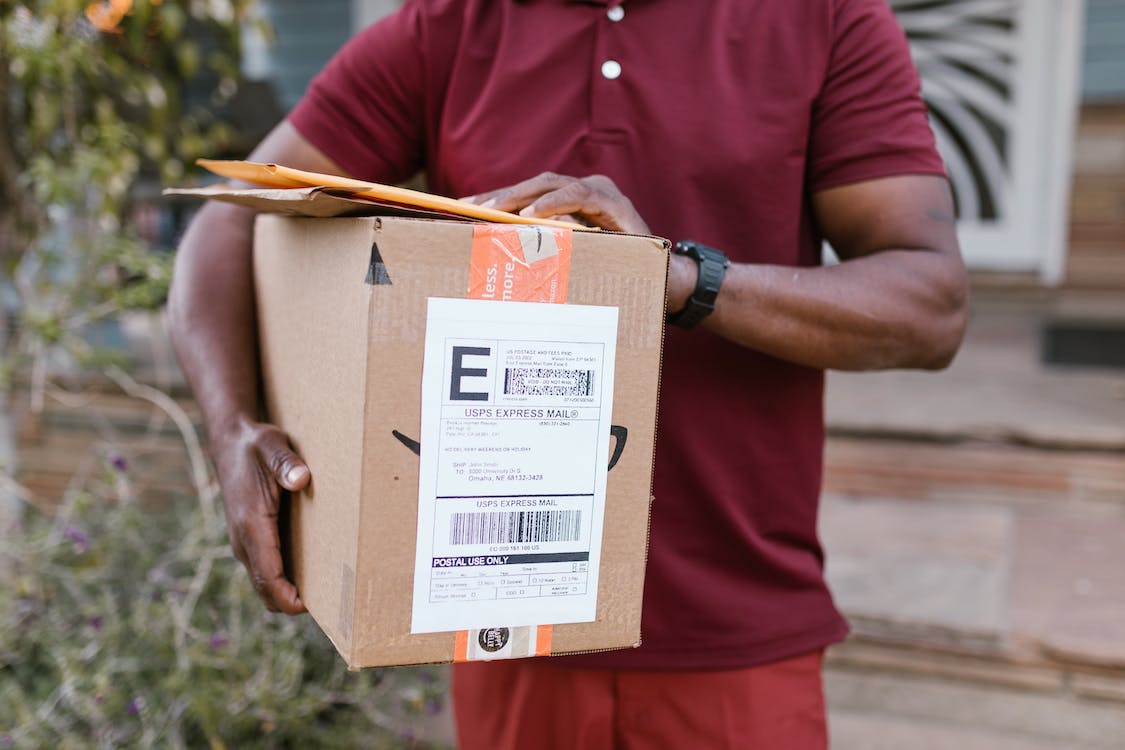
Before you do anything, make sure the request fits within the returns policy on your website that the shopper agreed to.
For example, if you offer free returns within 30 days, but the customer initiated the return at the 45-day mark, that’s not a valid return request.
Once you push through the return, get in touch with the customer to let them know what’s going on. You can do that either by responding to their email personally or through a service like Zendesk to save time.
3. The Customer Returns the Product
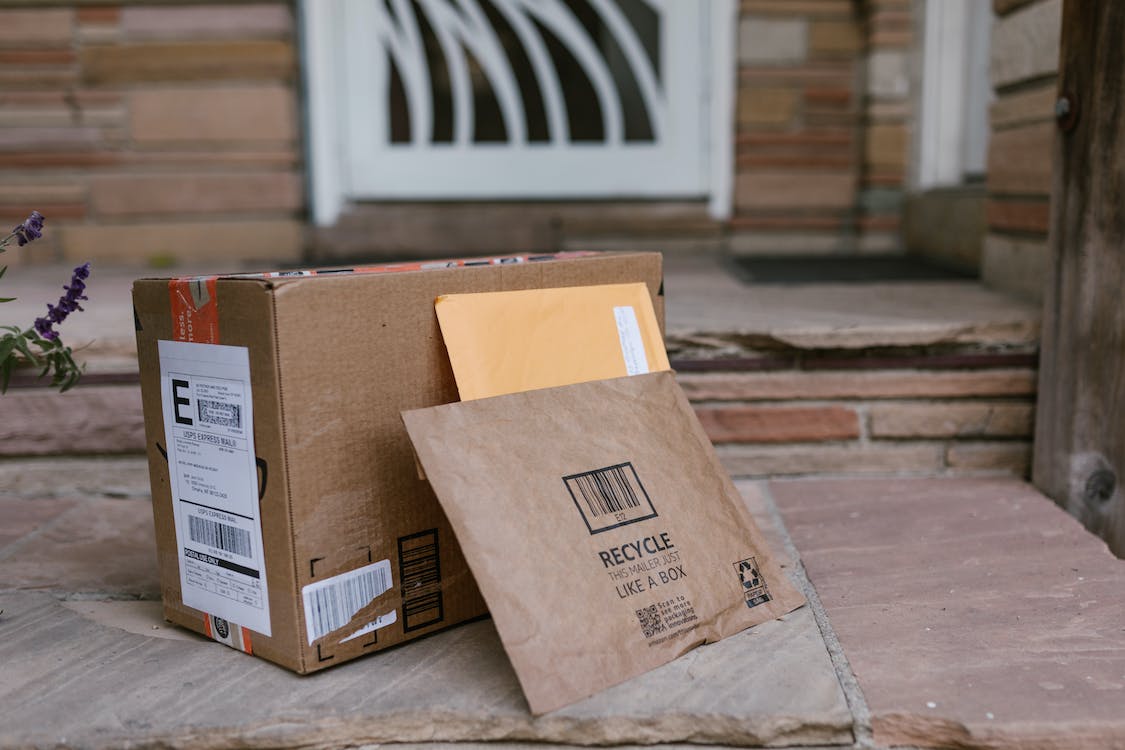
If the customer is returning a broken product, you can either tell the customer to keep the faulty product or provide them with pre-paid shipping labels to send it back.
This costs more money, but it’s helpful if you want to troubleshoot what went wrong with the product.
Regardless of whether you let them keep the product or not, you should send a replacement ASAP.
If an online shopper is returning a product they just don’t like, you have a few options:
-
Request that they send the product back and ask them to pay for return shipping costs or a restocking fee
-
Request they send the product back and cover the return shipping fees yourself
This depends on your dropshipping supplier requirements and returns policy. Most shoppers expect free returns, but that isn’t always practical if you run a small dropshipping business.
4. You Process the Return or Send It to Your Dropshipping Suppliers

At this stage, the customer mails the product back to either you or your supplier. If you process your own returns, it does mean you need space and manpower to process everything, so this isn’t ideal for a small dropshipping business.
However, the upside is that this gives shoppers a single address for all returns, which is helpful if you use multiple suppliers.
Most dropshippers ask their suppliers to handle returns. The supplier will charge you a fee for managing the returns, but the cost is well worth it for many dropshipping business owners. You get to focus on growing your online business while the supplier manages the ins and outs of returns logistics.
Shoppers don’t like paying return shipping or restocking fees, but sometimes they’re necessary, especially if your dropshipping supplier charges high fees.
If you do choose to charge customers, some companies charge the customer as soon as they ship the item, while others charge when the item arrives at a warehouse.
5. Issue Refunds

It’s up to you when to issue refunds to the credit card company on the shopper’s file. You might issue the refunds when:
-
The shopper requests a return
-
The customer mails the item back to you
-
You receive the item from the customer
The downside is that some credit card companies charge fees for processing returns. Not all customers will accept it, but you can always offer store credit in lieu of a traditional refund. Not only does this help you avoid fees, but it also encourages shoppers to return for future purchases.
6. Send Replacements
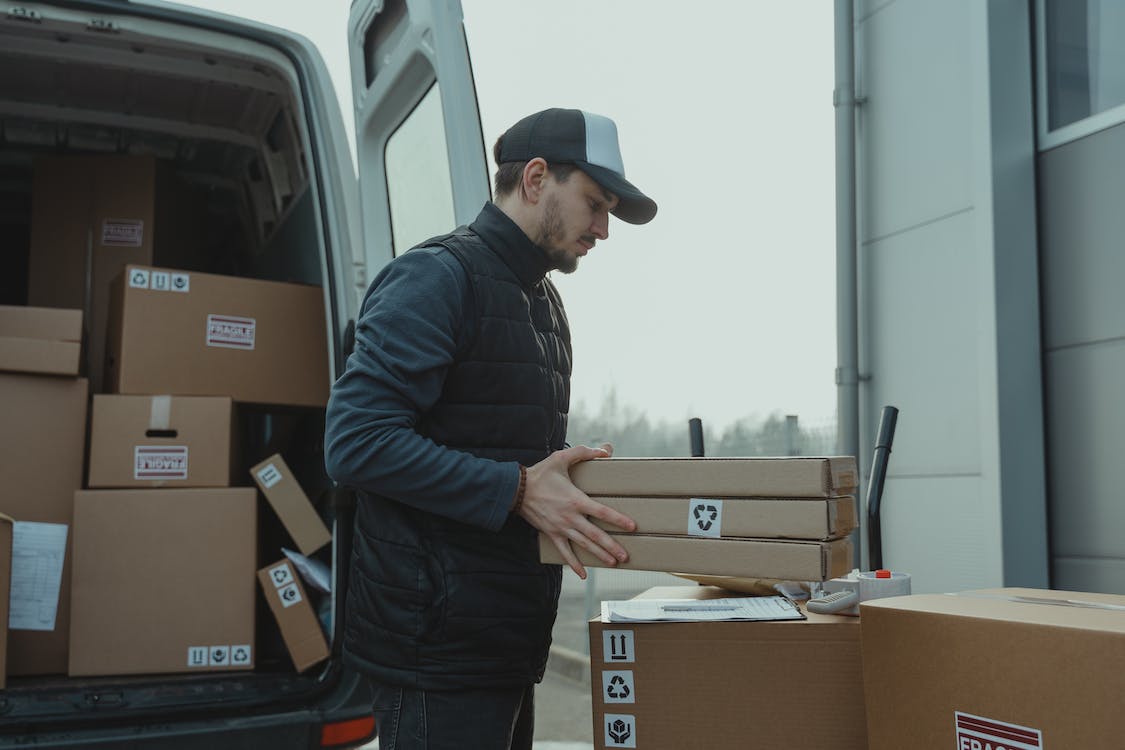
In some cases, the customer will request a replacement product. Try to send replacements quickly so they aren’t waiting three weeks for a replacement. Some dropshippers will send replacements as soon as the customer mails in the return.
5 Tips for Handling Dropshipping Returns
The dropshipping returns process is anything but simple, but a few best practices will streamline the entire process.
1. Consider Free Shipping and Free Returns
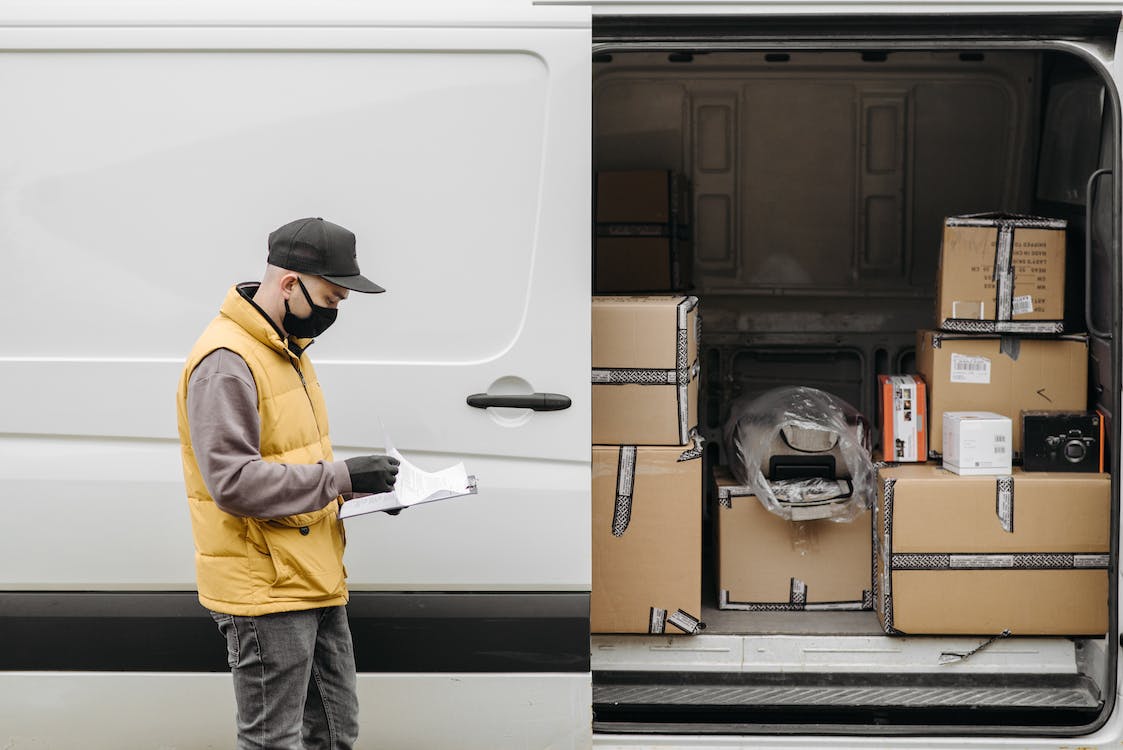
Look, we know it’s expensive, but this is what shoppers want. Shipping costs and restocking fees are a huge turn-off for online shoppers.
Seventy-six percent of online shoppers say free shipping is the most important factor in online shopping. A whopping 70% of customers expect to be able to return items without fees.
Charging fees is necessary to keep your business in the black, but these fees can tank your customer satisfaction ratings. Instead of nickel and diming shoppers with add-on fees, build these fees into your pricing and margins instead.
If you truly can’t afford to cover the costs involved in returns, try offering free shipping and returns for orders over a certain dollar amount or for a certain product category. This incentivizes shoppers to spend a little more while protecting your business from high-cost returns.
2. Write a Clear Return Policy
A return policy is one of the most important things you can do to protect your dropshipping store from expensive returns by managing a customer's expectations.
But as a dropshipper, you’re dependent on the supplier's return policy, so look at your suppliers’ requirements to write effective policies.
This is tricky if you work with dozens of suppliers, but a good rule of thumb is to base your return policy off your strictest dropshipping supplier. Just make sure the return policy touches on all suppliers’ requirements before publishing it to your site.
You don’t have to wave it in site visitors’ faces, but it should be reasonably easy to find your return policy, either on your site FAQ or on a standalone page in your site footer.
If your return policy requires return shipping or restocking charges, you can ask shoppers to agree to your shipping and returns policies during the checkout process.
You might lose a few sales if you have a really strict policy, but it’s best to tell shoppers upfront instead of surprising them after the fact.
3. Set up a Return Merchandise Authorization (RMA) System

Don’t have time to manage returns manually? Set up an RMA to automate the entire return process. Instead of managing everything manually, the RMA gives you a readymade structure for assessing item condition, issuing replacements, or even repairing products.
4. Decide on a Return Address
Do you want to manage all the returns yourself, or do you want the suppliers to handle it for you? There are pros and cons to each option, but if you’re a small dropshipper that works with only a few suppliers, it’s generally best to pay the fee and let your suppliers handle everything.
5. Regularly Analyze Return Data

Returns are just a part of running an eCommerce store, but even then, glancing at your returns data can give you helpful insights.
Which items are frequently returned? What are the top three reasons for customer returns? Selling frequently-returned items hurts your profit margins and brand reputation, so don’t be afraid to change up your product mix if the dropshipping returns data says something isn’t working.
Boost Your Dropshipping Business With Dropshipping Store Integrations
If you manage only a few returns a week, you can probably get away with managing returns manually for your dropshipping store.
But if you’re trying to scale your eCommerce business, you need an automated solution that makes dropshipping returns as simple as possible—both for you and your customers.
Spark Shipping helps dropshippers manage everything from inventory sourcing to pricing to returns management. We make it easy to integrate data with multiple suppliers at once, helping you save both time and money on the eCommerce return process.
See the Spark Shipping difference firsthand: Schedule a quick demo now.
Popular Posts
Posts by Topic
- Dropshipping (10)
- Dropshipping Automation (6)
- Dropship Suppliers (4)
- EDI (3)
- Pricing Strategy (3)
- Amazon Seller Central (2)
- Automotive Dropshipping (2)
- Conversion Rate Optimization (2)
- Dropshipping Products (2)
- Order Management (2)
- Shipping (2)
- Vendor Product Catalog (2)
- AI Dropshipping (1)
- Dean Soto (1)
- Feature Announcement (1)
- Online Empire Academy (1)
- Product Optimization (1)
- Walmart Marketplace (1)
- referral marketing (1)